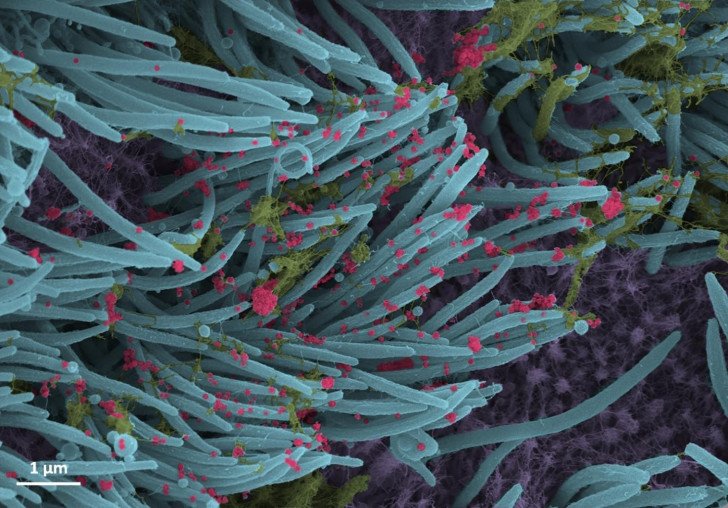Health
Study reveals how Covid can lead to long-term pain

New York, April 6 : A team of researchers has provided important insights into how SARS-CoV-2 -- the virus responsible for Covid-19 -- can lead to long-term pain.
Using a hamster model of SARS-CoV-2 infection, the research team found that the infection left a gene expression signature in the dorsal root ganglia that remained even after the virus cleared. The signature matched gene expression patterns seen in pain caused by other conditions.
"A significant number of people suffering from long Covid experience sensory abnormalities, including various forms of pain," said researcher Randal (Alex) Serafini from the Icahn School of Medicine at Mount Sinai in New York City.
"We used RNA sequencing to get a snapshot of the biochemical changes SARS-CoV-2 triggers in a pain-transmitting structure called dorsal root ganglia," Serafini added.
For the study, to be presented at the American Society for Pharmacology and Experimental Therapeutics' annual meeting, the research team involved a hamster model of intranasal Covid-19 infection that closely reflected the symptoms experienced by people.
The researchers observed that SARS-CoV-2-infected hamsters showed a slight hypersensitivity to touch early after infection, which became more severe over time, up to 30 days. They then performed similar experiments with the Influenza A virus to determine if other RNA viruses promote similar responses.
In contrast to SARS-CoV-2, Influenza A caused an early hypersensitivity that was more severe but faded by four days post-infection.
Analysis of gene expression patterns in the dorsal root ganglia revealed that SARS-CoV-2 caused a more prominent change in expression levels of genes implicated in neuron-specific signalling processes compared to influenza.
Additional experiments showed that four weeks after recovering from a viral infection, flu-infected hamsters had no signs of long-term hypersensitivity, while SARS-CoV-2-infected hamsters showed worsened hypersensitivity, reflecting chronic pain.
The hamsters that had recovered from SARS-CoV-2 had gene expression signatures similar to those seen in the dorsal root ganglia of mice affected by pain that was induced by inflammation or nerve injury.































